
To Sarah Gilbert
Published in 2008 by Stewart, Tabori & Chang
An imprint of Harry N. Abrams, Inc.
Text copyright 2008 by Larissa Brown and Martin John Brown
Photographs copyright 2008 by Michael Crouser (unless otherwise noted)
All rights reserved. No portion of this book may be reproduced, stored in a retrieval system, or transmitted in any form or by any means, mechanical, electronic, photocopying, recording, or otherwise, without written permission from the publisher.
All patterns and projects by Larissa Brown, with the following exceptions,
all used and adapted to fit this book by permission.
Square pattern for the Barn-Raising Quilt, copyright by Shelley Mackie.
Entomology Hat and Mitten Set, copyright by Adrian Bizilia.
Blue Ribbon Scrap Wrap, copyright by Sarah Gilbert.
Pinwheel Blanket, copyright by Genia Planck.
Blessingway Blanket, copyright by Hannah Cuviello.
Vlo Cycling Sweater, copyright by Adrian Bizilia.
Recycled Sweater Pincushion, copyright by Meshell Taylor.
Felted Peace Crane, copyright by Seann McKeel.
Library of Congress Cataloging-in-Publication Data
Brown, Larissa Golden, 1968
Knitalong : celebrating the tradition of knitting together / Larissa Brown and Martin John Brown ; photography by Michael Crouser.
p. cm.
ISBN 978-1-58479-665-7
1. Knitting. 2. Knitters (Persons) 3. Online social networks. I. Brown, Martin John, 1966-II. Title.
TT820.B83 2008
746.432041dc22
2007020908
Editor: Melanie Falick
Designer: Jess Morphew
Production Manager: Jacquie Poirier
The text of this book was composed in Century Schoolbook and Nimbus Sans.
Printed and bound in China
10 9 8 7 6 5 4 3 2 1

115 West 18th Street
New York, NY 10011
www.hnabooks.com
Contents
Larissas Knitalong Diary:
Pinwheel Blanket
Larissas Knitalong Diary:
Socks 101
Larissas Knitalong Diary:
Meathead Hat
Larissas Knitalong Diary:
The Fair-Along
Chapter Five Giving
Larissas Knitalong Diary:
Recycle-Along
Larissas Knitalong Diary:
Barn-Raising Quilt
Projects
 y first knitalong came early in my knitting career: It was the day I learned to knit.
y first knitalong came early in my knitting career: It was the day I learned to knit.
Actually, I dont remember a specific day. What I do remember are long afternoons with my grandmother Olive. It was the 1970s, I was barely in grade school, and as I bobbed on the springs of her chenille couch, I worked obsessively on long rectangular strips. Sometimes I made garter-stitch slippers for Chet, my grandfather, who had the sugar (diabetes). My grandmother was in a zigzag phase, determined to leave a wide swath of New Jersey covered with acrylic chevroned afghans.
There wasnt any difference between knitting and knitting together when I was learning with Olive. Its the same for a lot of people today, no matter how old they are when they learn. That first day is a knitalong that can stay with a knitter for life.
Im kind of an oddball, comments Denise, a reader of the knitting blog January One. It was my grandfather who taught me to knit! The winter I was in fourth grade, Grandpa taught me how. I started with those little garterstitch house slippers and then went on to knit for my Barbie dolls. I always think of his rough, worn hands gliding like silk when he knit.
Leslie, a knitter and homemaker from Pittsburgh, learned from her mom when a beach vacation turned rainy and all the guys split for home. We sat in our jammies every day until the afternoon, watching movies and knitting, she says. Honestly, that is all I can remember doing for that couple of weeks. Maybe stopping to sleep and eatmaybe, she jokes. It was a special time shell never forget.
I learned how to knit thanks to my ex-boyfriend, writes a blogger named Kadi, who had been taught as a child by his mom. I remember him showing me, and the two of us just sitting in bed together, talking about our day and both knitting.
The same ingredients occur in these stories again and again. Theres a knitter with a relative or a friend, together with that rarest of things: a long, drawn-out chunk of hours with little to do. A woman on a flight to Iceland finds the in-flight movie unwatchable and learns from her seatmate. Friends hole up in a riverside cabin; two knitters go in, three come out. An English sailor on the Indian Ocean in the sixteenth century sits down on deck, and a Tamil cabin boy shows him the needles. Knitting is an art that has been transmitted from person to person for centuries, and when knitters teach and learn, their friendships get richer, too.
Maybe taking up knitting is some sort of declaration that life should include more quiet hours and friends. A knitalong can help you find both.
The term knitalong emerged out of the Internet knitting culture of blogs and discussion groups around 2003 and 2004, when it was used most often to describe the practice of knitters in different places working on the same project during the same time period. While they didnt all turn on their computers and knit at the same moment, they did pledge to make the same scarf, socks, or sweater pretty much simultaneously.
In this book, my coauthor (and husband) Martin and I expand the meaning of the word knitalong a bit. We define a knitalong as any organized event where people knit together for a common purpose or goal. There are thousands of such events going on every day. To name a few that appear in this book, a knitalong can be:
knitters meeting in a caf, gossiping and working on whatever projects they want
professional hand-knitters gathering by a fire, singing songs, and telling stories to decrease the drudgery of piecework
hundreds of people knitting the same hat pattern and posting pictures of their work on the Internet in a friendly competition to show the wittiest and wildest embellishment
knitters from around the United States working on entries for their own county and state fairs and reporting progress on their personal blogs
fiber artists collaborating internationally, using satellite weather data, traffic patterns, and yarn
knitters collaborating via the postal service to construct blankets and hats for survivors of war and disaster
and a thousand other things
There are so many variations on the knitalong idea that Martin and I couldnt possibly cover them all. Instead, we bring you fifteen essays that profile the variety and richness of the ways people knit together and the reasons knitters find it so worthwhile. Along the way, we tempt you with twenty projects inspired by those storiesprojects especially suited to the knitalong treatment.
For six of those projects, weve run knitalongs of our own. My Knitalong Diaries give some inside details about the experience, while photo galleries of just a few of the finished objects represent the dozens, sometimes even hundreds, of volunteer knitters who participated. We love the way different knitters working from the same pattern produce finished objects that are so remarkably individual, so weve posted the entire galleries for you to visit at knitalong.net.
Next page

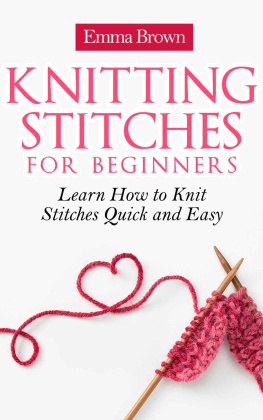
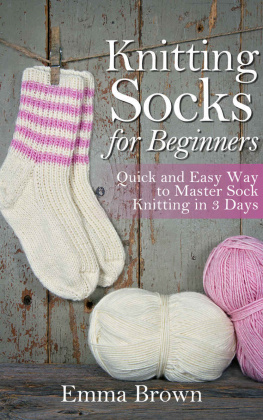
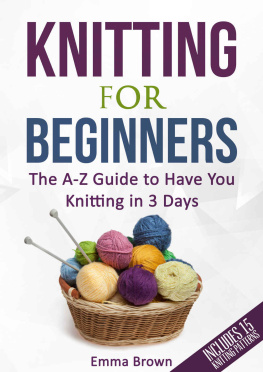
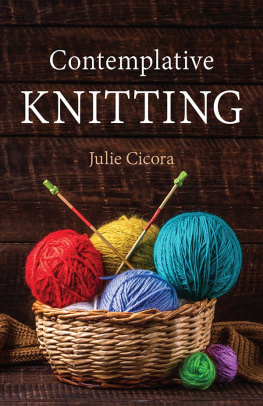
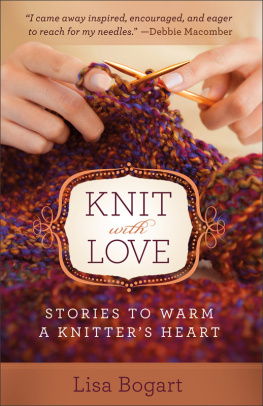
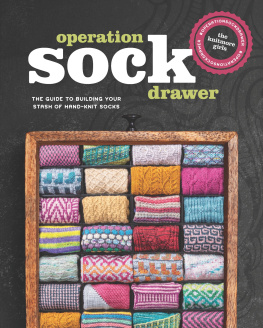
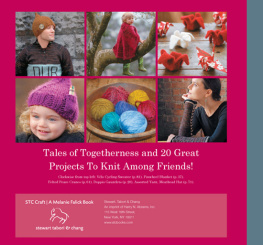
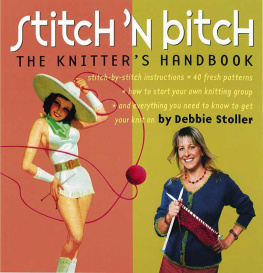
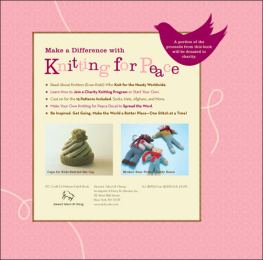




 y first knitalong came early in my knitting career: It was the day I learned to knit.
y first knitalong came early in my knitting career: It was the day I learned to knit.